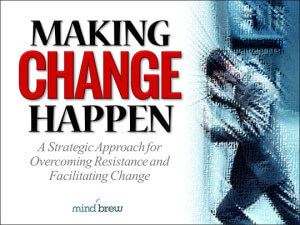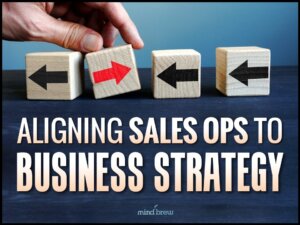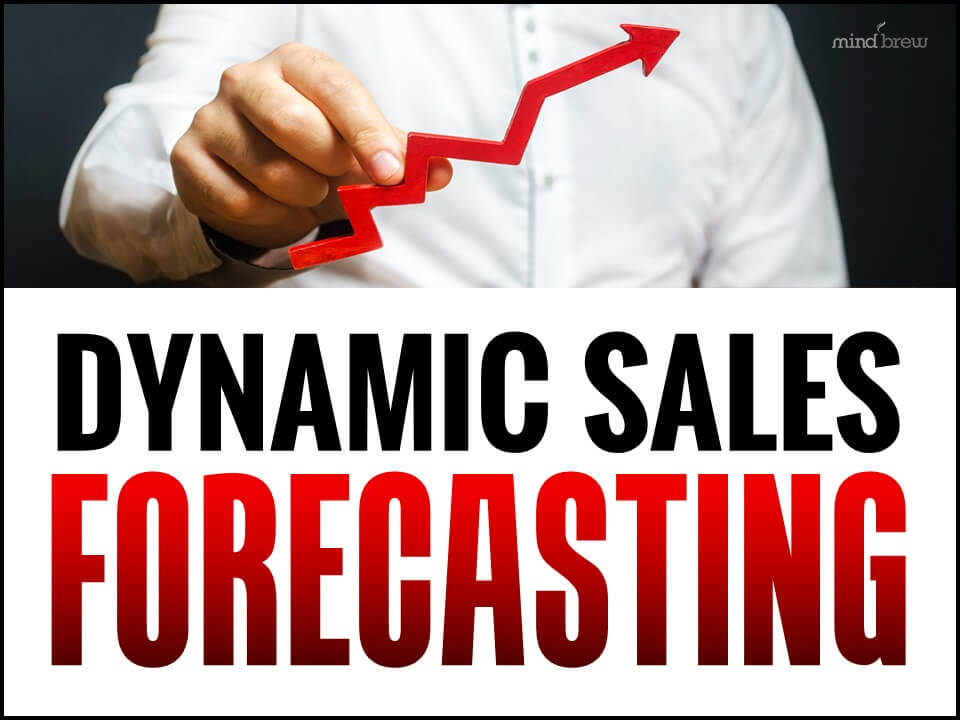If you are looking for evidence that change is difficult, you need look no farther than the transportation industry.
Once a society has developed the necessary infrastructure to support a new mode of transportation, modifying that infrastructure is extremely difficult — even if a new technology comes along that is inarguably better than the current one.
For example, maglev trains are safer, faster, more environmentally friendly, and much, much quieter than diesel trains. But because converting all the thousands of miles of track that crisscross the country would be ridiculously expensive, the vast majority of trains in the U.S. continue to run on diesel engines.
Similarly, blended wing aircraft could carry more passengers while using less fuel than the kinds of commercial jets we travel on today. But because our airport runways, taxiways, terminals, and other infrastructure were designed for “metal tubes with wings,” our passenger aircraft continue to use this outdated design.
And when it comes to cars, electric cars are better for the environment, quieter, and easier maintain. And electric cars that run on hydrogen fuel cells are even better, because they have longer range and take only minutes to refuel. Still, it has already taken decades to try to begin the shift away from gas stations toward charging stations, and hydrogen refueling is almost impossible to find.
Your sales team also has its own entrenched “infrastructure.” They have probably done things the same way for a long time and for good reason — it was working really well.
But sometimes something better comes along. And you really need to make the switch.
When this happens, you have two basic options:
- Change the existing infrastructure wholesale.
- Make minimal, incremental changes and work with what you’ve got.
Most sales ops teams see the benefits of option 1. They set about trying to convince the sales teams to throw out everything they’ve been doing and make a drastic switch overnight.
But this is roughly the equivalent of trying to convert all the gas stations in the country into electric charging stations over the course of a weekend. Or even a month. Or a quarter.
It just isn’t really practical — or worth the effort that it would require.
We’re big proponents of option 2. By making small changes, you can nudge your teams in the right direction without the pushback you might otherwise receive.
For example, if you want sales to do a better job of optimizing prices, you could roll out a new tool, train them to use it, and put enforcement mechanisms in place to make sure they do so. Or you could just feed better prices into their existing price lookup tools and get the benefit without the hassle.
If you want your sales team to take action on upsell opportunities and at-risk accounts, you could set up a new dashboard, teach them how to log in, and nag them about checking it daily. Or you could set up an automated system that does the work and just emails the individual reps about opportunities.
We have a host of resources on the site that include similar examples. Here are four:
- Innovating to Maximize Sales Productivity
- Using a Cost-Plus Mindset to Your Advantage
- Delivering Answers to the Point of Sale
- Making Change Happen
Yes, change is always hard. But you don’t need to make it any harder than it already is. By making fewer, smaller changes, you might be able to accomplish your goals while minimizing the effort for you and the rest of the organization.















